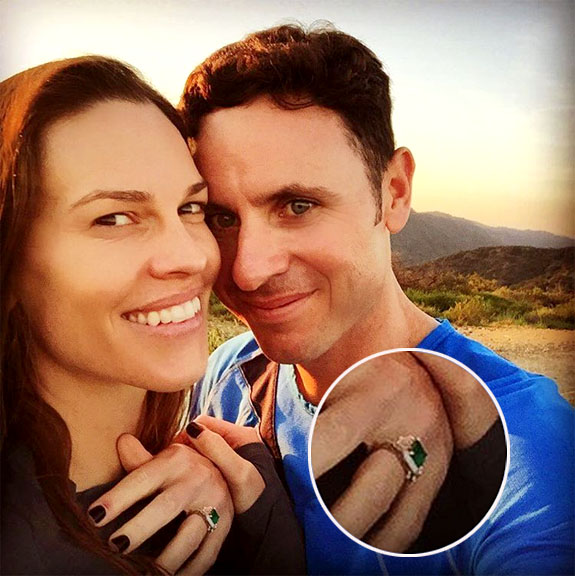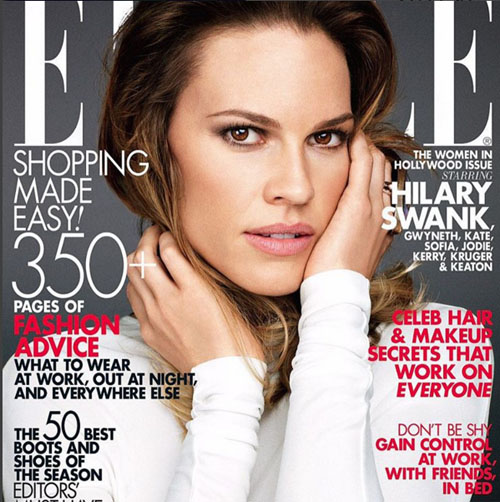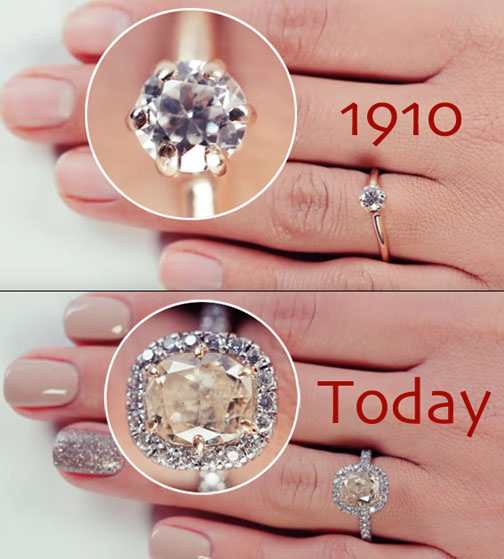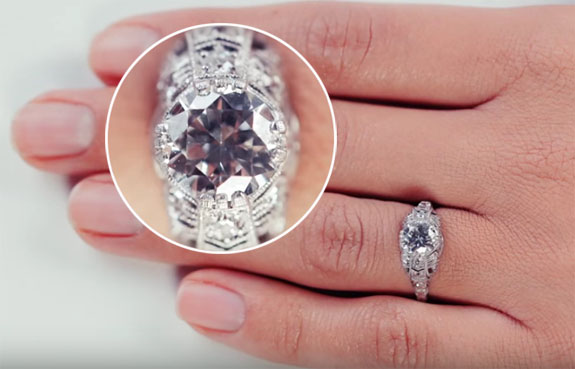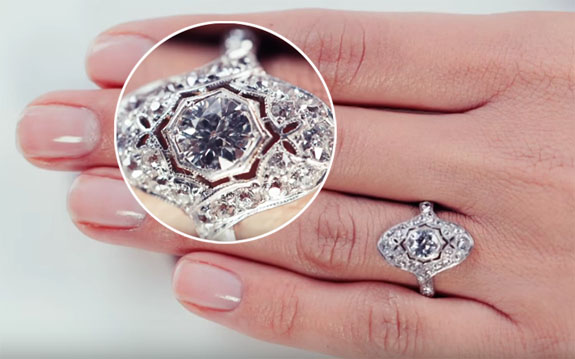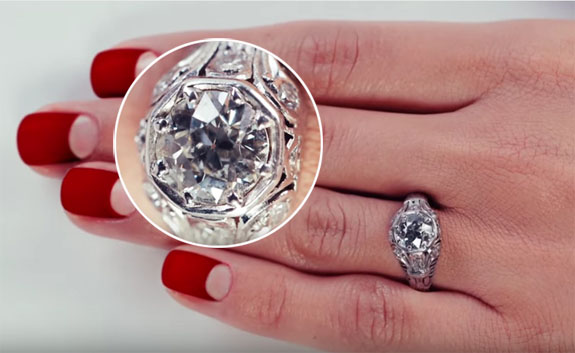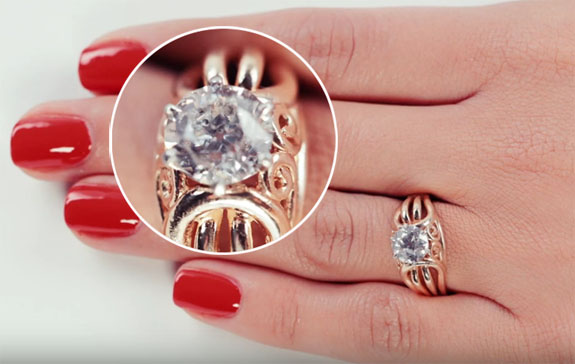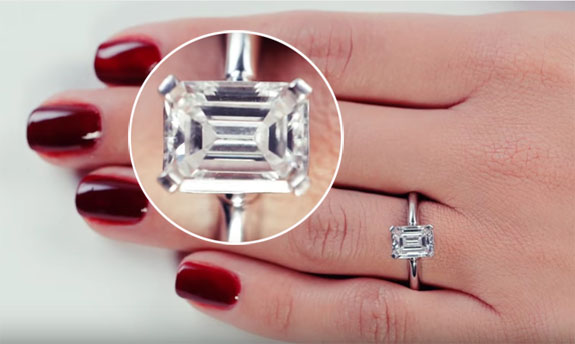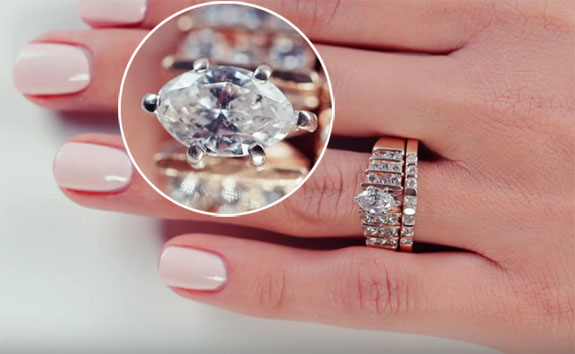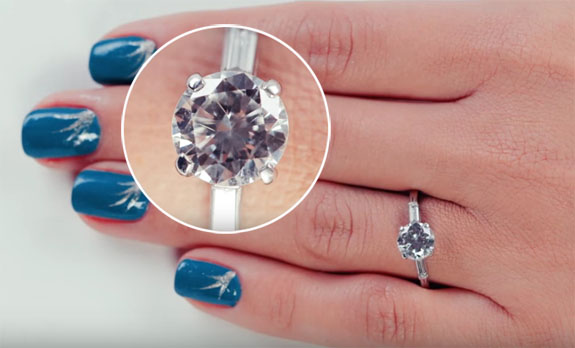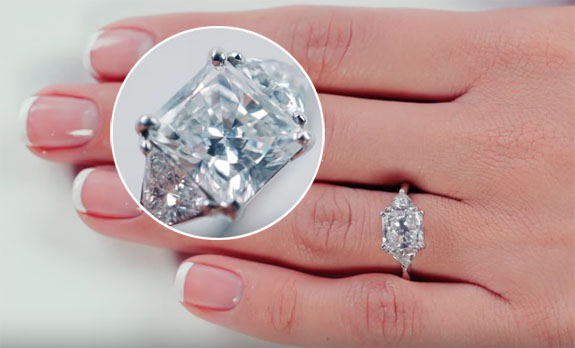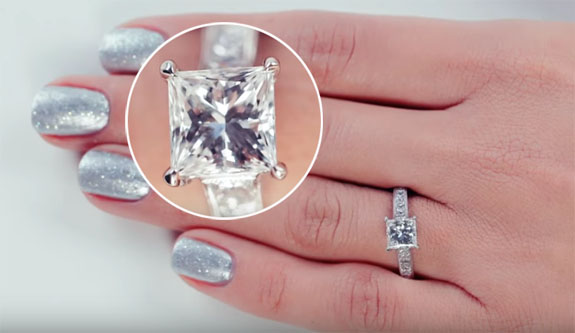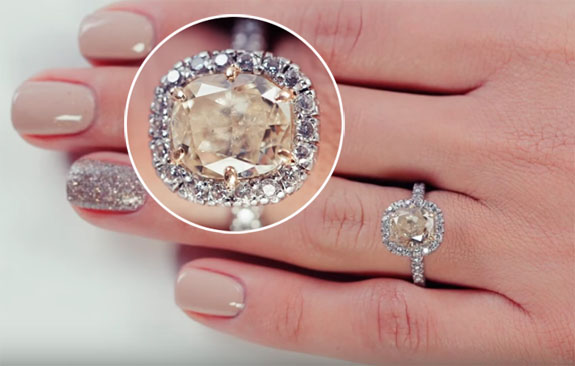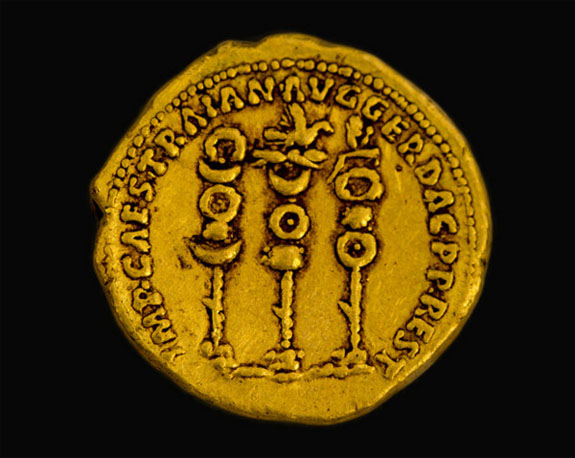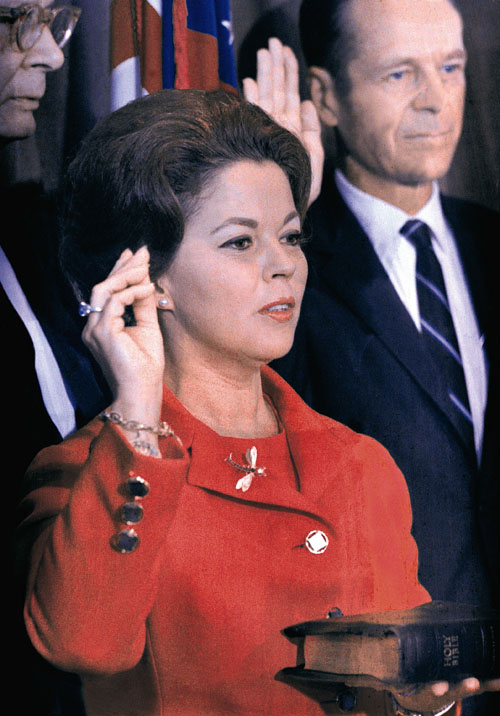Welcome to Music Friday, when we spotlight songs with jewelry, gemstones or precious metals in the title or lyrics. Today's installment falls exactly on Sir Elton John's 69th birthday, March 25. And to honor this legendary talent, we present one of his classic songs from 1972, "Honky Cat."

In this song about a young man torn between the fast pace of the big city or a simple life of the country, he ultimately chooses to return to his roots. John sings, "You better get back honky cat / Living in the city ain't where it's at / It's like trying to find gold in a silver mine / It's like trying to drink whisky from a bottle of wine."
Interestingly, the words that John sings reflect the point of view of his lyricist, Bernie Taupin, not himself. Unlike John, who grew up near London and loved the city life, Taupin was born on a farm in Lincolnshire and preferred that environment.
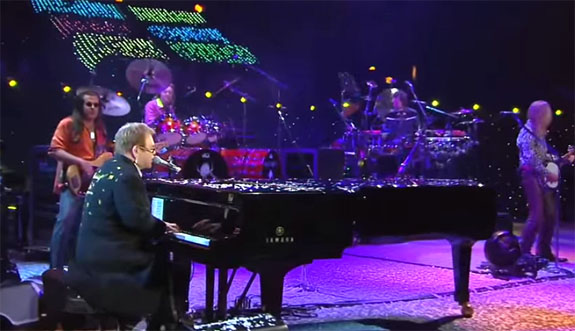
"Honky Cat" is the first track on John's fifth studio album, Honky Château, which reached #1 on Billboard 200 albums chart and was ranked one of the 500 Best Albums of All Time by Rolling Stone magazine. The single made the Top 10 on Billboard's Hot 100 list. The album's title refers to the location where it was recorded in early 1972, specifically Château d'Hérouville in Hérouville, France.
Born Reginald Kenneth Dwight, John is one of the best-selling music artists in the world. In a career that has spanned five decades, John has sold more than 300 million records. John and Taupin have collaborated on more than 30 albums and are credited with more than 50 Top 40 hits.
His single in honor of Princess Diana, "Candle in the Wind 1997," sold more than 33 million copies worldwide, making it best-selling single in the history of the UK and US singles charts.
Thirty-five years after the release of "Honky Cat," John performed it live at Madison Square Garden in New York — on his 60 birthday. The occasion also marked his 60th concert at the world's most famous arena. See the awesome video below...
"Honky Cat"
Written by Bernie Taupin and Elton John. Performed by Elton John.
When I look back boy I must have been green
Bopping in the country, fishing in a stream
Looking for an answer trying to find a sign
Until I saw your city lights honey I was blind
chorus:
They said get back honky cat
Better get back to the woods
Well I quit those days and my redneck ways
And oh the change is gonna do me good
You better get back honky cat
Living in the city ain't where it's at
It's like trying to find gold in a silver mine
It's like trying to drink whisky from a bottle of wine
Well I read some books and I read some magazines
About those high class ladies down in New Orleans
And all the folks back home well, said I was a fool
They said oh, believe in the Lord is the golden rule
(repeat chorus)
(repeat chorus)
They said stay at home boy, you gotta tend the farm
Living in the city boy, is going to break your heart
But how can you stay, when your heart says no
How can you stop when your feet say go
You better get back honky cat
Better get back to the woods
Well I quit those days and my redneck ways
And oh the change is gonna do me good
You better get back honky cat
Living in the city ain't where it's at
It's like trying to find gold in a silver mine
It's like trying to drink whisky from a bottle of wine
Get back honky cat, get back honky cat, get back...
Screen captures via YouTube.
